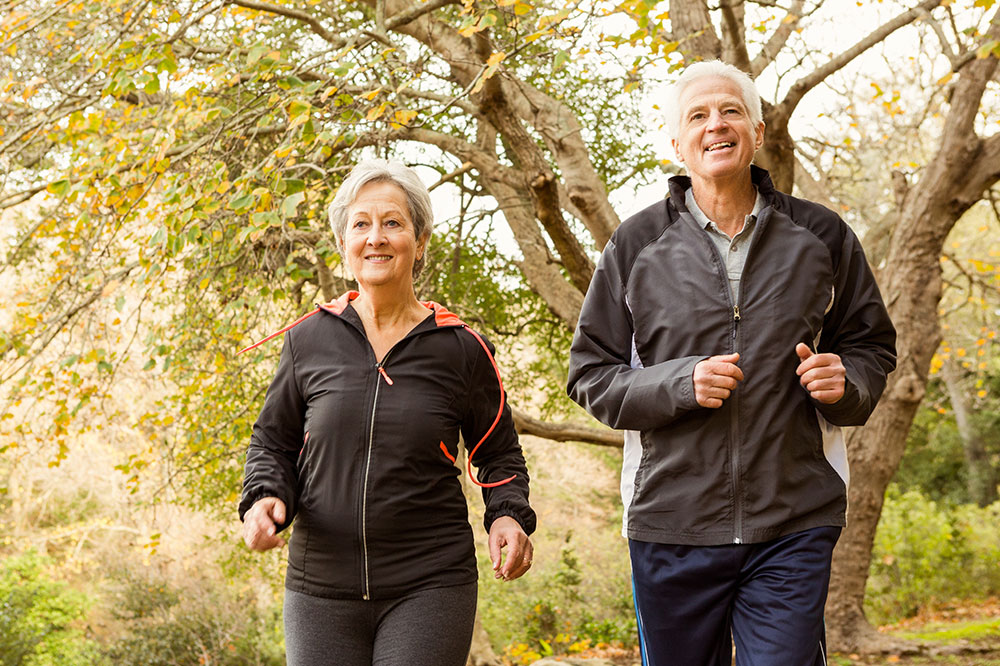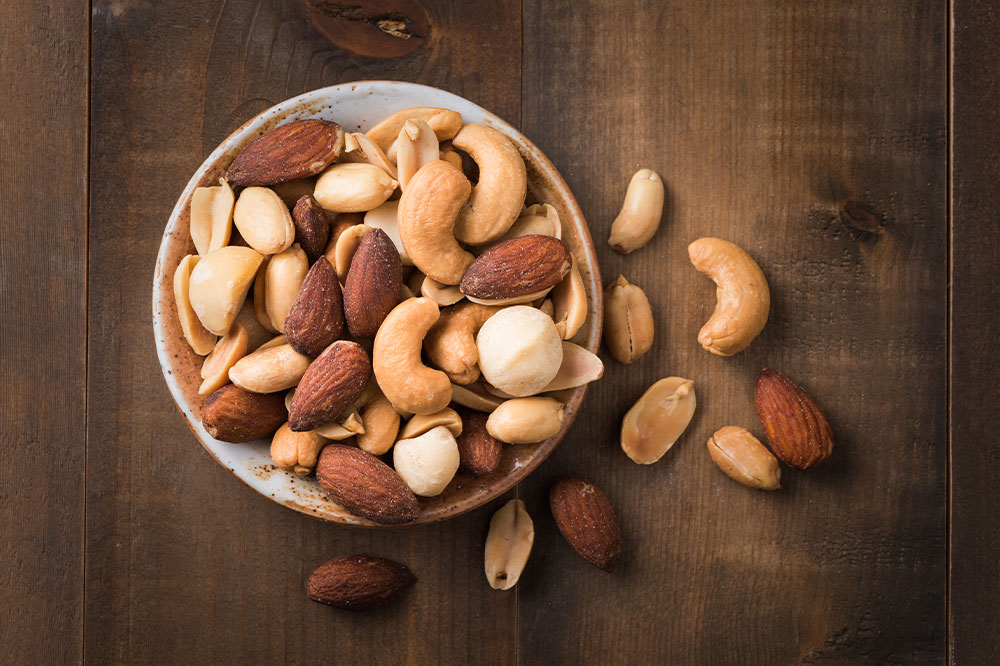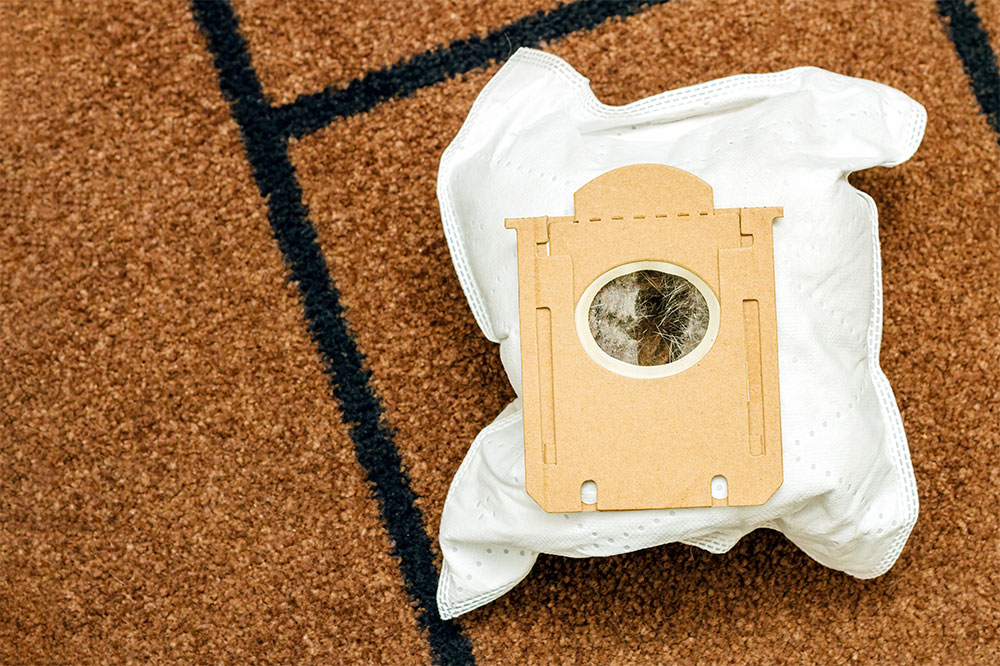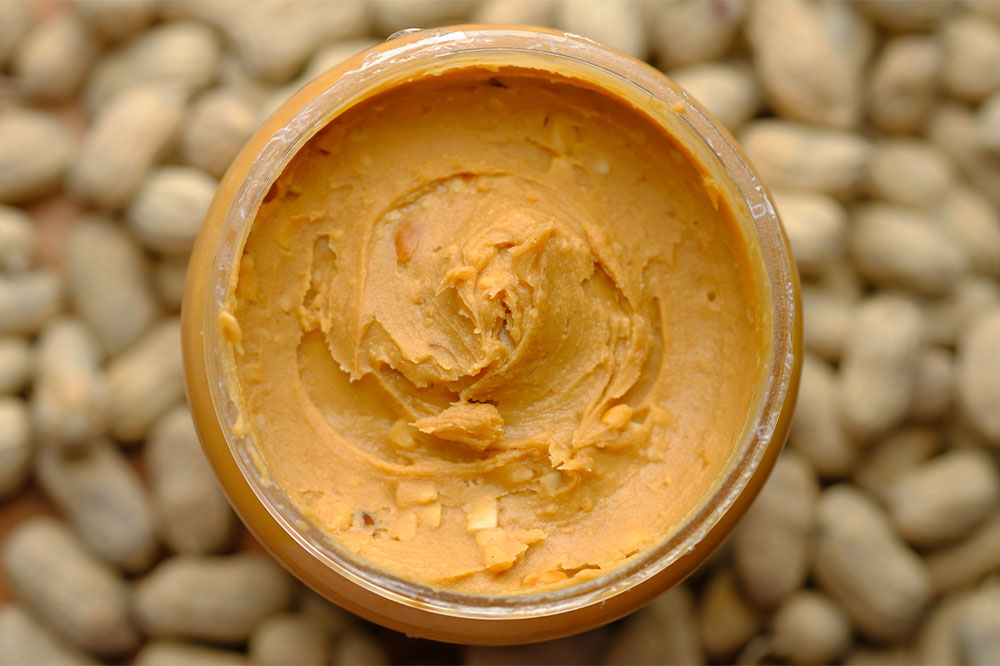10 physical activities that can help in managing diabetes

There are many alternatives when it comes to managing diabetes. Certain lifestyle changes can help in alleviating the symptoms. Exercise is known to have a significant impact, and has been a constant solution to manage several health conditions. Exercise or even regular physical activity helps burn calories efficiently while significantly increasing one’s endurance and stamina. There are multiple physical activities one can try in order to manage diabetes. Some of these are listed below.
Yoga
Yoga includes meditative exercises that can calm one’s mind, soothe anxiety, and boost focus and concentration. People with diabetes spend most of their time worrying about their health condition, which can lead to increased stress levels. Therefore, doing yoga makes perfect sense. Additionally, the various exercises and stretches involved in yoga enhance a person’s balance, strength, and flexibility. Multiple studies have found a link between doing yoga and a marked decrease in one’s blood glucose levels. For elderly people who may find it difficult to do some of the more complex yoga exercises, the option of chair yoga is a useful avenue.
Walking and running
This is the most basic activity to combat diabetes and the likeliest to become a daily habit. Walking may be relatively low-impact in nature, but it is an ideal solution to improve one’s glucose, cholesterol, and blood pressure levels. Healthcare professionals recommend brisk walking, the practice of covering about 100 steps per minute, to achieve reduced blood glucose levels and better breathing over an extended period.
People looking for greater intensity in their physical activity can increase the pace of their walking and, gradually, transition to running a good distance daily. As it is much more strenuous than walking, running regularly can show more positive effects on a person’s blood pressure, cholesterol, and blood sugar levels.
Dancing
One can add dancing to their daily physical routine to change up their workout sessions. Dancing is an activity that not only makes people happy and enthusiastic but also markedly improves blood glucose levels. Various studies over the years have found numerous benefits of dancing when it comes to cardiovascular health. More importantly, people tend to stick to their dancing habits and routines.
Swimming
Swimming is another relaxing physical activity that will feel less like a task and more like a mode of enjoyment to many. If one swims daily, they can relax and stretch their muscles without putting unnecessary pressure on their joints. This aspect of swimming makes it an absolute asset to manage diabetes.
Swimming regularly reduces one’s cholesterol levels, stress levels, and calories. What’s more, swimming for an hour can be as rewarding and enriching for people as doing an hour of high intensity exercises. To get the most out of this habit, it is advisable for people to swim at least three times a week. These sessions can be of ten minutes each before one decides to prolong them.
Cycling
Cycling and stationary cycling remain a highly attractive exercise for people of all ages with diabetes. With its looping mechanism, cycling helps give all parts of the body some much-needed exercise and groove. Research has found that cycling for about 30 minutes a day, up to five times a week can improve one’s heart rate and burn excess blood sugar. Senior citizens can choose to work out on an echo bike, as it may not be very straining.
Weight training
This includes a series of exercises that strengthen one’s muscles and boost stamina. But primarily, exercising with weights is all about building one’s muscle mass. These activities help people progressively burn an increasing amount of calories daily. Apart from that, strength training actively improves a person’s blood sugar control.
One can do weight training, in general, using free weights, weight machines, or heavy household objects such as steel containers filled with water. However, these activities need to be done correctly for people to experience its full range of benefits. Therefore, it is advisable to perform them under the watchful eye of a personal physical trainer, at least for the first few months.
Aerobic movements
These movements very closely resemble dancing. However, dancing tends to be slightly abstract and unstructured, whereas aerobic movements mix dancing and exercising. Zumba dances are a good example of aerobic movements. They combine aerobic movements with rhythm-based dancing to reduce the severity of diabetes symptoms.
Gardening
Gardening ticks several boxes. It is not as straining as weight training nor as time-bound as some of the Zumba exercises. And yet, it is just as good for aerobic optimization. Gardening involves repetitive physical activities such as kneeling, walking, and bending. This helps keep the blood circulation high, the heart rate steady, and overall blood pressure levels in check. Furthermore, one gets to spend time surrounded by greenery, fresh air, and a pleasant vibe while they carry out various gardening activities on a daily basis.
Climbing stairs
Climbing a flight of stairs works the muscles of a person’s lower half of the body well. It is beneficial for both one’s cardiovascular health (as the heart pumps blood faster while one climbs up and down stairs) as well as blood sugar levels. Inadequate physical activity is one of the main reasons why people develop diabetes and other health conditions. So, even doing something as simple as climbing stairs is a good starting point when it comes to changing that for good.
Pilates
Pilates is a kind of exercise that boosts one’s balance, core strength, and overall coordination. It has also been found to lower blood sugar levels in people. Pilates involves several stretching and bending-based exercises that are designed to burn unwanted calories and keep one’s body as flexible as possible.







